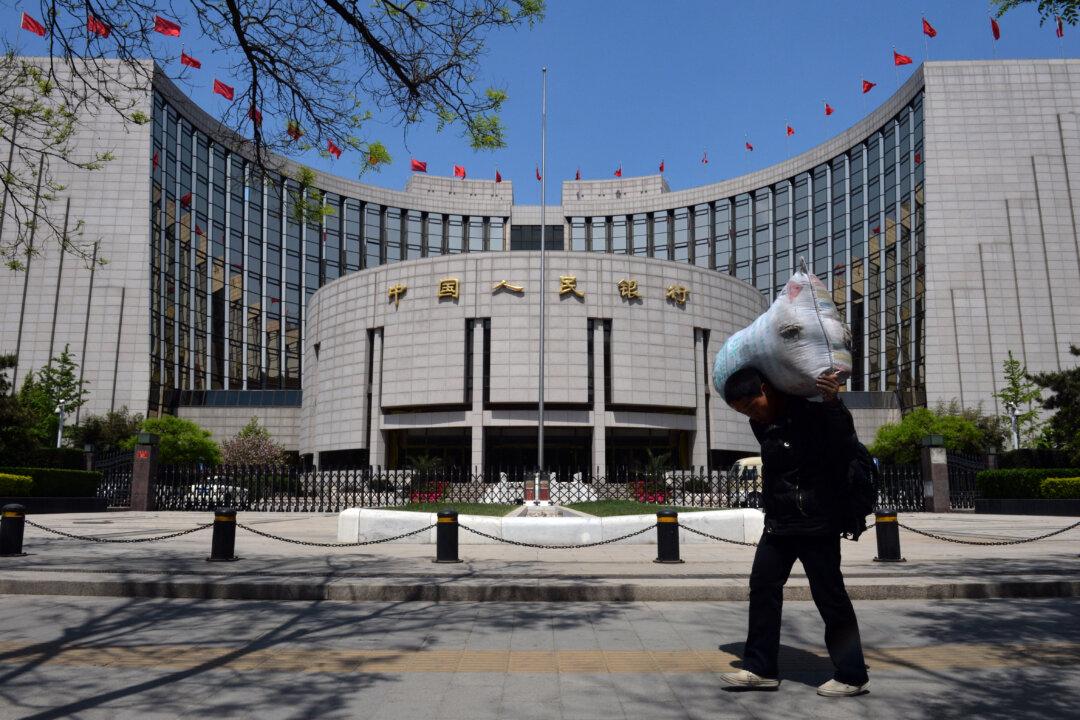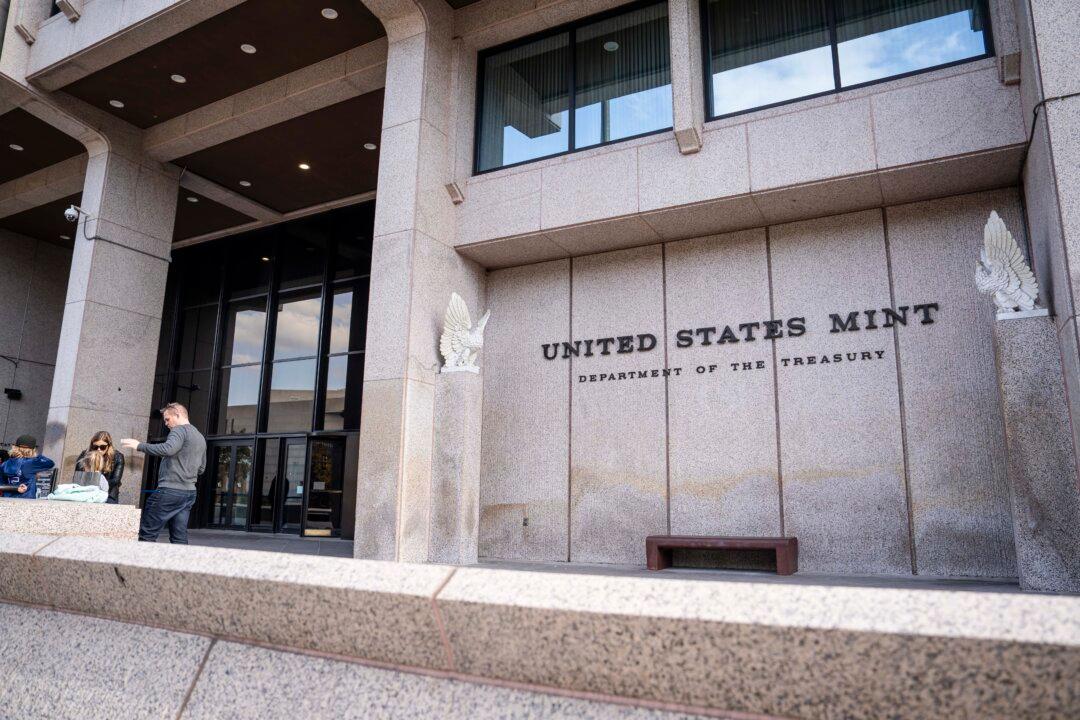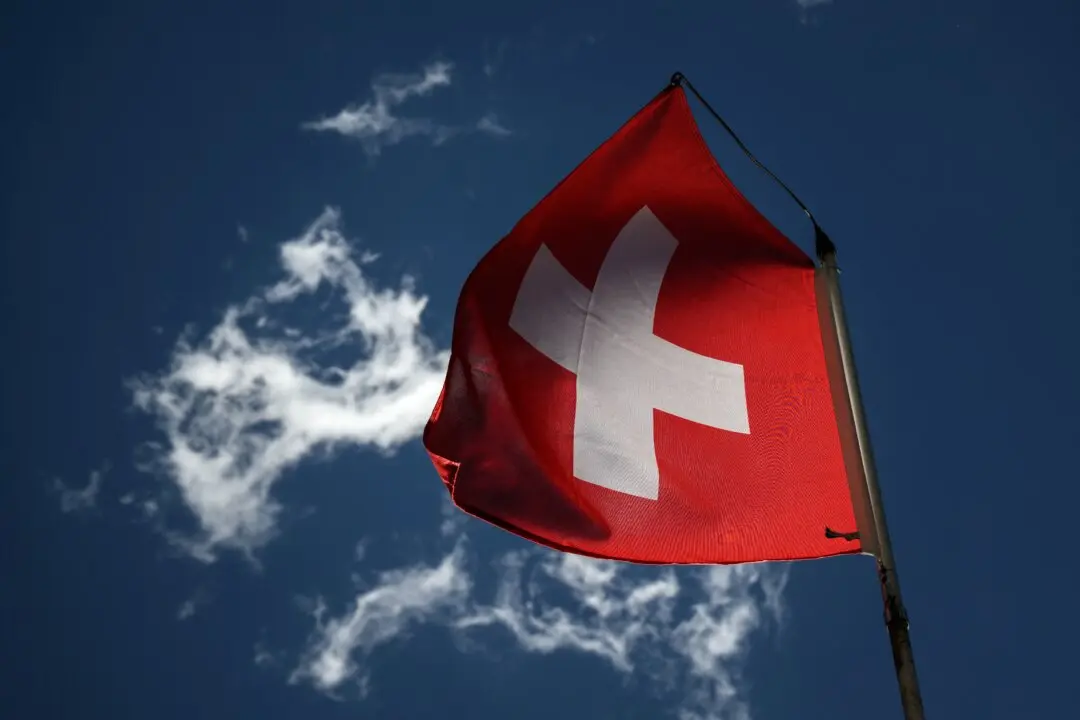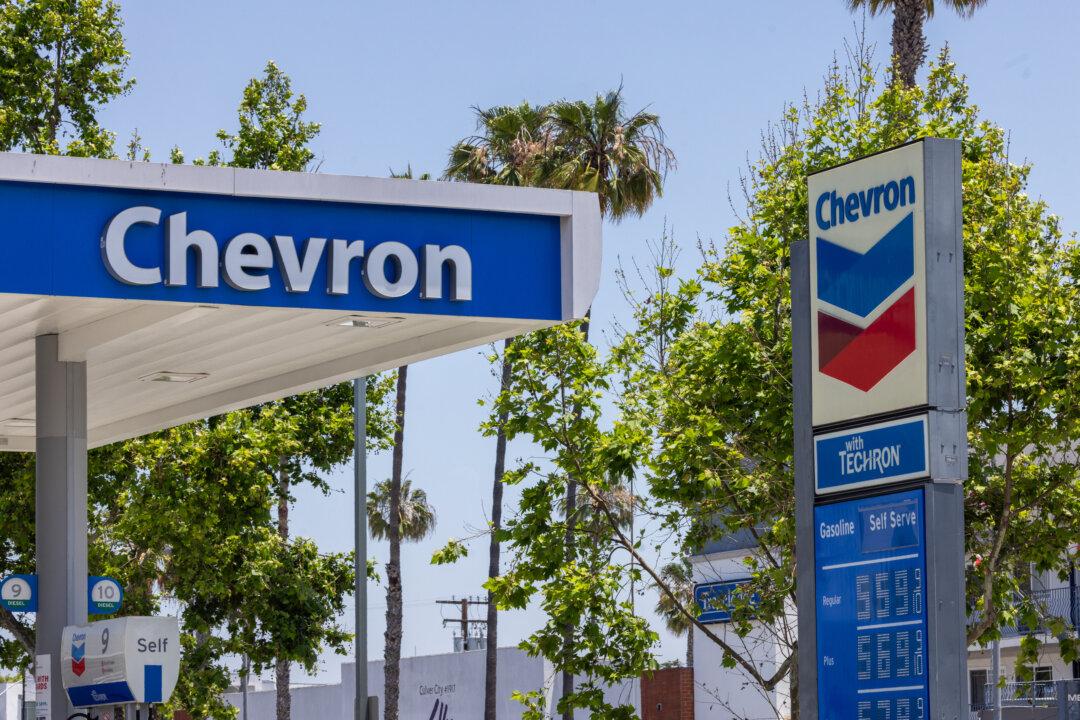China trimmed a key interest rate and left another important one unchanged on Aug. 21 in what some market observers call a “confusing” and “underwhelming” policy decision.
The People’s Bank of China (PBOC) cut its one-year loan prime rate (LPR)—a benchmark for most household and business loans—by 10 basis points to 3.45 percent, falling short of the consensus estimate. This was the second rate cut in three months.





